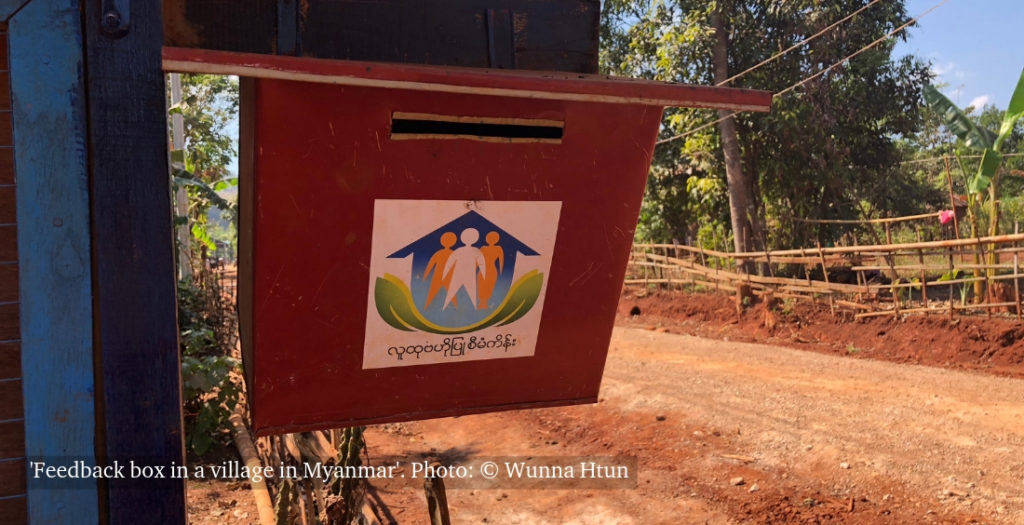How and to what degree is the World Bank putting its new institutional citizen engagement (CE) commitments into practice? This question guides an independent assessment that the Accountability Research Center (ARC) at American University has undertaken as part of the Institute of Development Studies-led Action for Empowerment and Accountability (A4EA) research programme’s investigation into how external actors can best support local processes of and conditions for empowerment and accountability.

This report investigates the World Bank’s incorporation of CE into project design, the critical early stage of donor engagement. To accomplish this, ARC reviewed the World Bank’s fiscal year 2015–17 investment project portfolios for four A4EA priority countries, Mozambique, Myanmar, Nigeria, and Pakistan, which covers 57 projects that range from US$19 million to U$600 million. The analysis determines whether projects commit to seeking a strategic approach to CE, which involves combining multiple tactics so that the whole could be greater than the sum of the parts. This assessment of CE commitments is intended to help to inform possible national, civil society organisation strategies to monitor whether and how these commitments are actually implemented in practice.